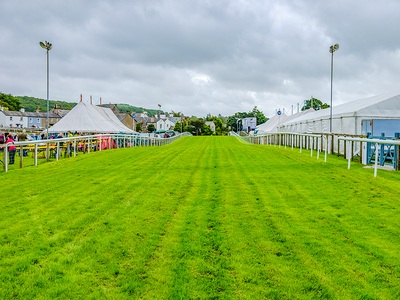 Even the novice horse racing bettor will have heard of the going.
Even the novice horse racing bettor will have heard of the going.
They might not know much more about it than the fact that it can help or hinder a horse’s chances of winning the race, but they will probably know the term at the very least.
Some horses run well on certain ground conditions, others seem to be able to cope with the ground whatever the going, but it is a factor that is given great importance, and you will always see it on the race card.
Some surface conditions are more common than others though, and for this reason you will find that a larger proportion of horses can perform to their best on the most common track conditions. It’s the going they train on and race on most often, after all.
So this might make people wonder which type of going is the most common?
I’ve got the answer for you, as well as a few insights into how the going has been changing over the years from an industry wide perspective, and why those changes might be taking place.
This is ‘going’ to be an interesting read – but I promise there are no more bad jokes.
What is the Going in Horse Racing?
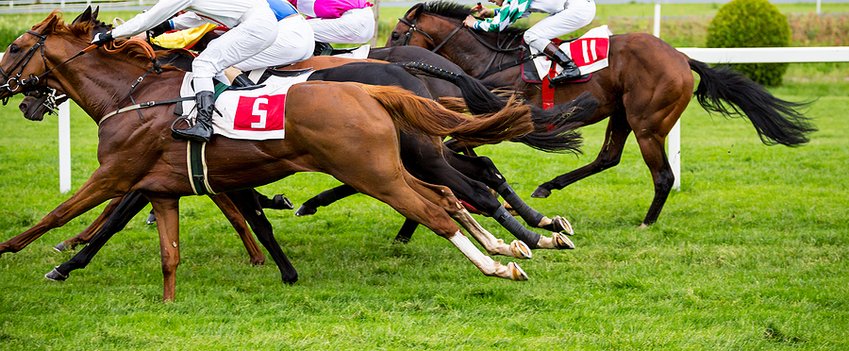
I won’t go into masses of depth here, as there is a wealth of information on the going all over the internet, but in order to understand the stats in this article, you will need to know the basics.
So, ‘the going’ is a description of the condition of the ground beneath the horses’ feet.
The reason it is important, is because different horses prefer different ground conditions to race on, so if a horse that loves drier conditions is entered into a race and a sudden thunderstorm drenches the track the night before, that could be a problem.
In general, the more water there is in the ground, the slower the going will be; and the drier the condition of the ground, the faster the going.
If you have ever tried to run on a sandy beach, you will appreciate how ground conditions can impact your speed and stamina levels.
The going is always shown on the race card, described in the following ways:
- Heavy – Very wet ground that is much more difficult to run on, so horses known for having good stamina should do better in these conditions. Far from ideal for most horses.
- Soft – Plenty of moisture in the soil, but not sodden. More forgiving for landings in National Hunt racing, still plenty of give underfoot, and will still require plenty of stamina. A small number of horses are very good on soft going.
- Good to Soft – There may be areas where the going is heavier, but mostly very good racing conditions. May impact performance very slightly, but will suit most horses.
- Good – This is where the majority of horses are happiest. Conditions are nice and springy but should not slow the race down.
- Good to Firm – Staff will often attempt to bring really firm conditions down to this level by watering the track. Some moisture in the ground, but still quite a hard running surface.
- Firm – Sun baked. The soil is harder and usually unsuitable for jumps racing, but firm going often produces the fastest flat races.
- Hard – You won’t really see this one. If the ground is so bad as to be declared hard it is probably unsafe to race on.
Occasionally other descriptions are used, such as yielding, fast, or slow, but they all basically mean one of the options listed above.
How is the Going Measured?
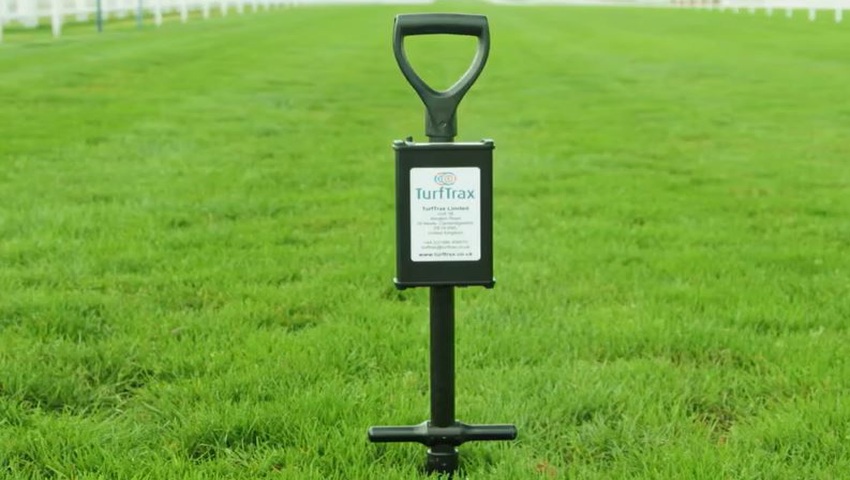
Back in the day, an official would declare the going based on their own opinion. They might prod the ground with their foot, or stick a spade in it or something, but there wasn’t exactly a uniform method.
Thankfully, punters can rely much more on the going they see on the racecard these days, because it is measured with a specially made tool known as a going stick.
This is pushed into the ground and gives out a numerical reading, which then dictates the going category.
The readings work like this:
| GoingStick Value | Description |
|---|---|
| Below 5.0 | Heavy |
| 5.0 – 6.4 | Soft |
| 6.5 – 7.4 | Good to Soft |
| 7.5 – 8.4 | Good |
| 8.5 – 9.4 | Good to Firm |
| Above 9.5 | Firm |
So it’s a penetrometer.
No, that’s not one of the Transformers, but a tool that measures the force needed to push something into the ground. What the going stick is really measuring then, is resistance.
It also measures something called shear, which is done by pulling the tool back 45 degrees after it has been inserted into the ground. This is the same movement made by a horse’s hoof.
It’s a much more accurate way of measuring the conditions, and gives the whole industry a standard to work with.
What Type of Going is Most Common in Horse Racing?
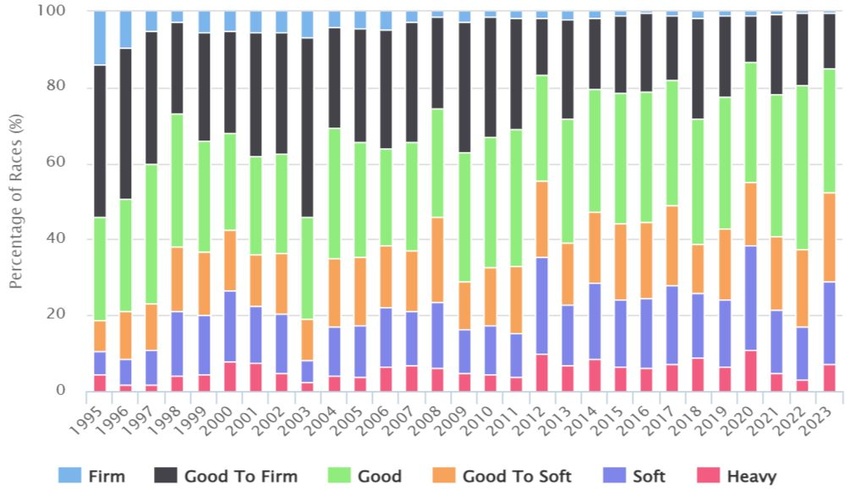
The BHA have kept records of the going since 1995, and on the whole, ground conditions look to be improving.
If you look at the graph above, you can see that although firm conditions were never that prevalent, they have become almost extinct as time has gone on, with an all-time low of just 20 races being run on firm conditions in 2022.
There were 7,591 races run on turf in 2022, which means just 0.26% of them were classed as having firm going.
At the other end of the scale, heavy going seems to be on the increase, albeit only slightly.
Heavier conditions have fluctuated from year to year, there is no long and obvious trend like there is with firm going, but 2012 saw a record 706 races run on heavy going equating to 9.73% of all races run.
It is actually the good category that tends to be the most common going in horse racing though.
This is partly because of the way the horse racing seasons work, and partly down to the climate in this part of the world, but I will go into the reasoning in the next section.
There have been a couple of years where other ground types were more common, but on the whole, racing has seen good going more often than any other ground type, peaking at 3,282 races out of in 2022 – that’s 43.23%.
Good to soft and soft going have been on a very small but consistent upwards trend over the years, usually quite closely following each other in terms of numbers, but you can see from the table at the top of this section that good, good to soft, and soft going are dominating in recent years.
Here is how they compare to each other since 1995 to 2023:
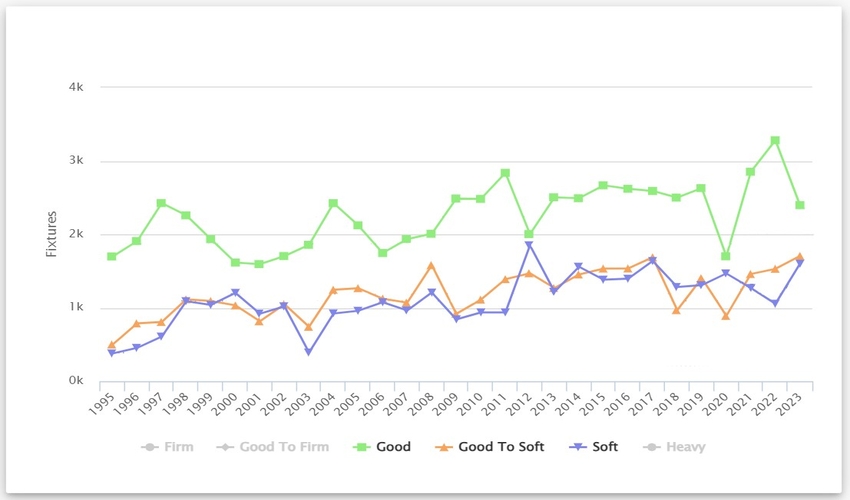
At the same time, good to firm going is decreasing in frequency.
In 2003, a huge 3,249 races were run on good to firm ground out of 6,884 total races run – that’s a peak of 47.19%.
This has been on a definite downward trend since ten though, hitting a low of 1,063 in 2023 (discounting 2020 which is when COVID hit). That represents a record low of 14.49%.
So yes, good going is the most common in horse racing and always has been really, but overall, conditions have been moving from the firmer side to the softer and show no signs of stopping.
Why is the Going Changing?
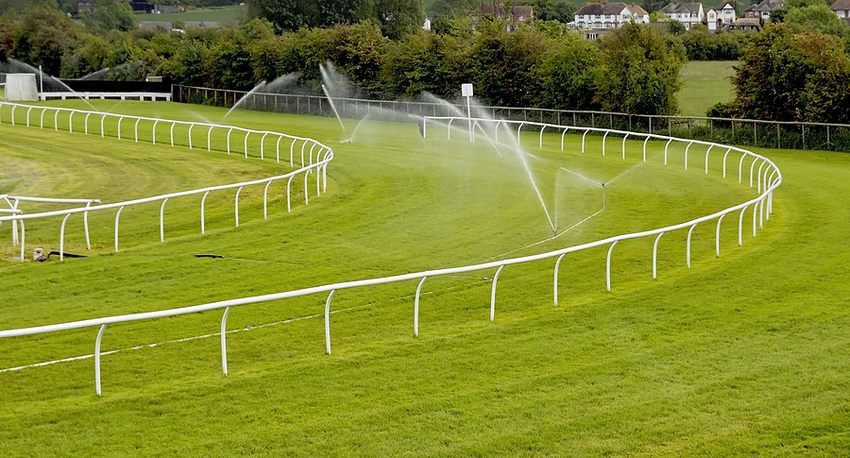
There are probably a number of factors at play here.
The racing calendar is scheduled with the weather in mind, so this will of course have an impact, but I’m interested in less obvious factors.
A lot has changed since 1995; the weather doesn’t seem to be as cold as often, all weather tracks have started popping up, upgrades to race tracks make it easier to control the ground conditions – there is a lot to digest.
When talking about the going, most people’s minds would default to the weather, and sure, in rainier years we will see heavier conditions, that makes sense.
It can be mitigated to some extent by improving drainage I suppose, but there is only so much you can do.
Here is the monthly rainfall in the UK from 2014 to 2023:
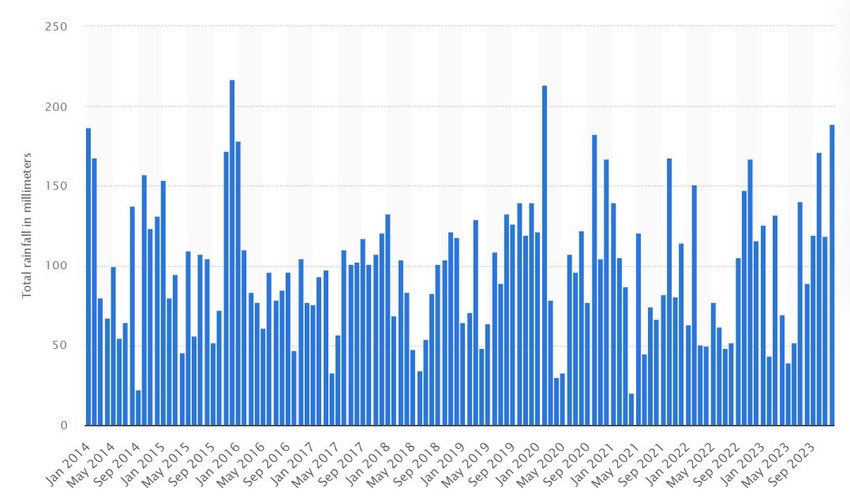
There are a greater number of wetter months from around 2019 onwards, and I won’t go into the global warming argument but, whether you believe in it or not, the UK is seeing a lot more rain than it used to.
We also need to understand that different areas of the UK get different amounts of rainfall, so a racecourse down South is likely to see more sun than a racecourse in Scotland, for example. Studying the weather in that sort of detail is beyond the capabilities of this article, but knowing it is a factor is enough.
In my opinion, the biggest factor in the change from firmer to softer going, is the ability of racecourse owners to maintain their tracks with better technology and equipment.
Improved irrigation systems enable courses to better control the ground conditions when the weather is hot, but it is far easier to add water than to take it away.
This, combined with the increase in wet weather and all weather tracks making the going a moot point to an extent, are likely behind the steady change to softer going which is becoming more common.
